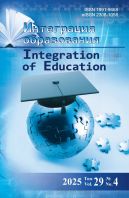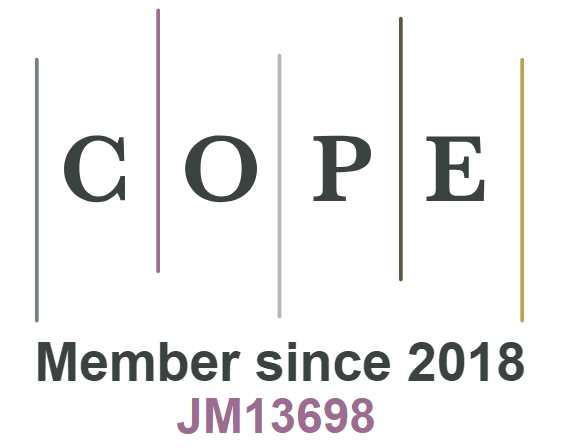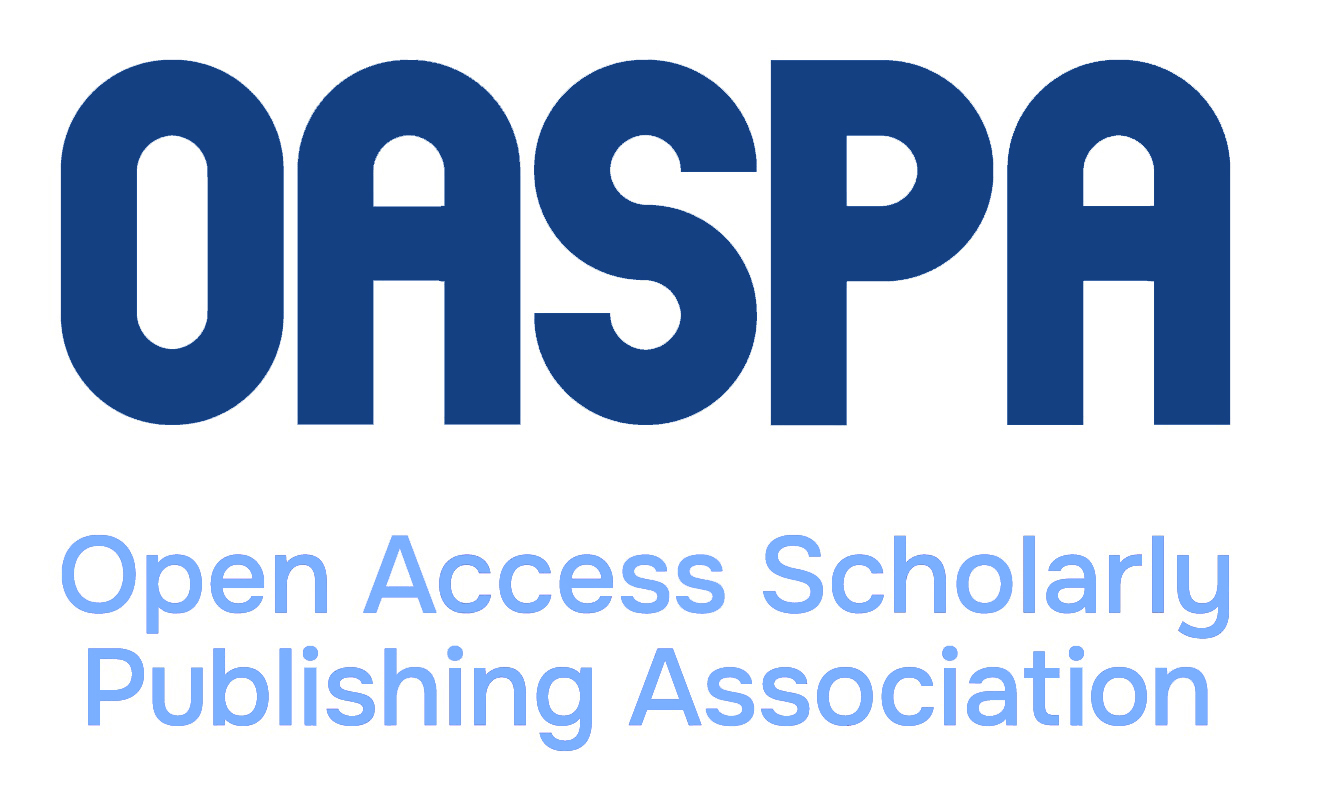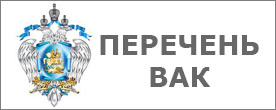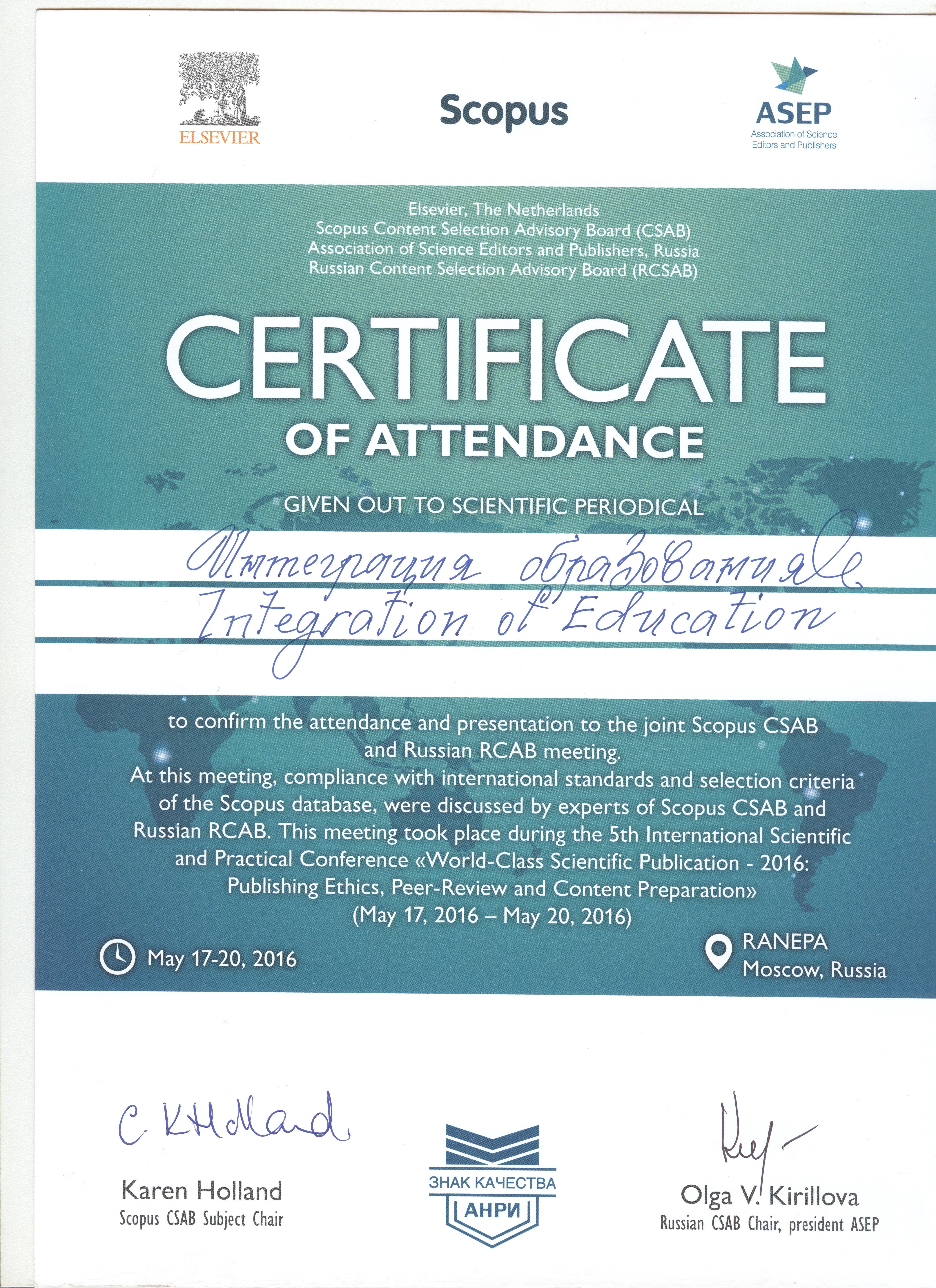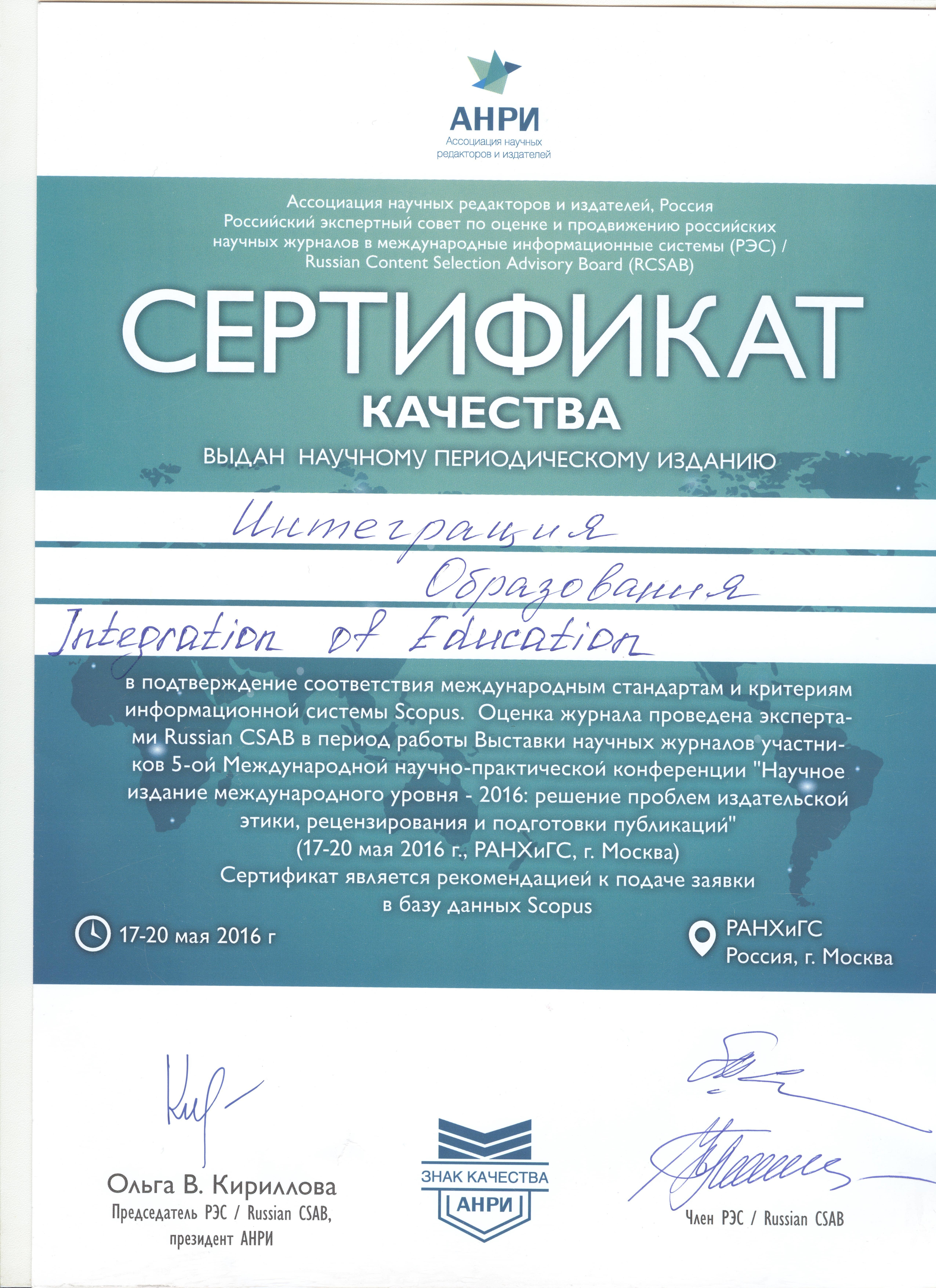DOI: 10.15507/1991-9468.029.202501.049-067
UDC 37::(6)(5)
Englishization of Education: A Critical Look at Africa and Asia
Dmitriy S. Khramchenko
Dr.Sci. (Philol.), Associate Professor, Professor of the Department of the English Language 4, MGIMO University (76 Prospekt Vernadskogo, Moscow 119454, Russian Federation), ORCID: https://orcid.org/0000-0003-3038-8459, Scopus ID: 57221936139, Researcher ID: N-8008-2018, SPIN-code: 1579-6336, This email address is being protected from spambots. You need JavaScript enabled to view it.
Abstract
Introduction. Globalization has dramatically transformed existing educational paradigms, with English emerging as a dominant language in academia and the workforce. This phenomenon, known as “Englishization”, particularly affects educational systems in Africa and Asia through their adoption of English Medium Instruction (EMI). The article aims to explore the motivations, challenges, and impacts of EMI in these regions, focusing on linguistic identity, educational equity, and pedagogical effectiveness.
Materials and Methods. The study employs a qualitative research approach, involving a comprehensive review and thematic analysis of academic publications, policy documents, educational reports, and case studies published between 2000 and 2024. A systematic search of the Google Scholar database and analysis of secondary data enabled the identification of general patterns and contradictions in academic discussions on Englishization, identifying key themes and concepts making up the contemporary views on this phenomenon.
Results. The analysis revealed key themes of the scientific discourse on Englishization: the growing prominence of EMI driven by globalization and internationalization, the benefits and challenges of EMI implementation, and the impact on local linguistic identities and educational outcomes. Although EMI enhances international collaboration and employability, it also poses significant challenges: insufficient teacher training, language proficiency problems, and potential marginalization of local languages and cultures. The success of implementing EMI largely depends on contextual factors: state language policy and the level of economic development in the region. The findings also indicate the need for differentiated approaches to teaching, taking into account the linguistic and cultural characteristics of students.
Discussion and Conclusion. The Englishization of education in Africa and Asia represents a complex process, driven by the pursuit of international integration, economic factors, and national ambitions. Promoting EMI, despite its evident advantages, gives rise to problems related to preserving linguistic identity, ensuring equal access to education, the need to find new teaching methodologies. A promising direction for future research is the development of inclusive EMI policies which support multilingualism and consider the specific needs of inclusive education.
Keywords: englishization, English Medium Instruction (EMI), internationalization of education, bilingual education, African and Asian educational space
For citation: Khramchenko D.S. Englishization of Education: A Critical Look at Africa and Asia. Integration of Education. 2025;29(1):49–67. https://doi.org/10.15507/19919468.029.202501.049067
The author has read and approved the final manuscript.
Submitted 13.08.2024;
revised 19.09.2024;
accepted 27.09.2024.
REFERENCES
- Altbach P.G., Knight J. The Internationalization of Higher Education: Motivations and Realities. Journal of Studies in International Education. 2007;11(3–4):290–305. https://doi.org/10.1177/1028315307303542
- Galloway N., Rose H. Cross-Fertilisation, not Bifurcation, of EMI and EAP. ELT Journal. 2022;76(4):538–546. https://doi.org/10.1093/elt/ccac033
- Knight J. Internationalization Remodeled: Definition, Approaches, and Rationales. Journal of Studies in International Education. 2004;8(1):5–31. https://doi.org/10.1177/1028315303260832
- Macaro E., Curle S., Pun J., An J., Dearden J. A Systematic Review of English Medium Instruction in Higher Education. Language Teaching. 2018;51(1):36–76. https://doi.org/10.1017/S0261444817000350
- Cenoz J., Genesee F., Gorter D. Critical Analysis of CLIL: Taking Stock and Looking Forward. Applied Linguistics. 2014;35(3):243–262. https://doi.org/10.1093/applin/amt011
- Baker W., Hüttner J. English and More: A Multisite Study of Roles and Conceptualisations of Language in English Medium Multilingual Universities from Europe to Asia. Journal of Multilingual and Multicultural Development. 2017;38(6):501–516. https://doi.org/10.1080/01434632.2016.1207183
- Dalton-Puffer C. Content-and-Language Integrated Learning: From Practice to Principles? Annual Review of Applied Linguistics. 2011;31:182–204. https://doi.org/10.1017/S0267190511000092
- Creese A., Blackledge A. Translanguaging in the Bilingual Classroom: A Pedagogy for Learning and Teaching? The Modern Language Journal. 2010;94(1):103–115. https://doi.org/10.1111/j.1540-4781.2009.00986.x
- Otheguy R, García O, Reid W. Clarifying Translanguaging and Deconstructing Named Languages: A Perspective from Linguistics. Applied Linguistics Review. 2015;6(3):281–307. https://doi.org/10.1515/applirev-2015-0014
- Piller I., Cho J. Neoliberalism as Language Policy. Language in Society. 2013;42(1):23–44. https://doi.org/10.1017/S0047404512000887
- Hu G., Lei J. English-Medium Instruction in Chinese Higher Education: A Case Study. Higher Education. 2014;67:551–567. https://doi.org/10.1007/s10734-013-9661-5
- Rose H., McKinley J. Japan’s English-Medium Instruction Initiatives and the Globalization of Higher Education. Higher Education. 2018;75:111–129. https://doi.org/10.1007/s10734-017-0125-1
- Byun K., Chu H., Kim M., Park I., Kim S., Jung J. English-Medium Teaching in Korean Higher Education: Policy Debates and Reality. Higher Education. 2011;62:431–449. https://doi.org/10.1007/s10734-010-9397-4
- Gill S.K. Language Policy in Malaysia: Reversing Direction. Language Policy. 2005;4:241–260. https://doi.org/10.1007/s10993-005-7859-9
- Madiba M. Towards Multilingual Higher Education in South Africa: The University of Cape Town’s Experience. The Language Learning Journal. 2010;38(3):327–346. https://doi.org/10.1080/09571736.2010.511776
- Braun V., Clarke V. Using Thematic Analysis in Psychology. Qualitative Research in Psychology. 2006;3(2):77–101. https://doi.org/10.1191/1478088706qp063oa
- Hou A.Y.C., Morse R., Chiang C.L., Chen H.J. Challenges to Quality of English Medium Instruction Degree Programs in Taiwanese Universities and the Role of Local Accreditors: A Perspective of Non-English-Speaking Asian Country. Asian Pacific Educational Review. 2013;14:359–370. https://doi.org/10.1007/s12564-013-9267-8
- Chitera N. Language of Learning and Teaching in Schools: An Issue for Research in Mathematics Teacher Education? Journal of Mathematics Teacher Education. 2010;14:231–246. https://doi.org/10.1007/s10857-010-9167-3
- Kamwangamalu N.M. A New Language Policy, Old Language Practices: Status Planning for African Languages in a Multilingual South Africa. Journal of African Languages. 2000;20(1):50–60. https://doi.org/10.1080/02572117.2000.10587412
- Kouicem K. Exploring English in Education Policy in Algeria: Obstacles to Its Promotion. Ichkalat Journal. 2019;8(4):573–592. Available at: https://ichkalat.univ-tam.dz/wp-content/uploads/2020/03/33-1.pdf (accessed 10.07.2024).
- Rahmani A. A Glance into the Status of English Language in the Algerian Higher Education Context. Algerian Review of Security and Development. 2021;10(3):1199–1210. Available at: https://clck.ru/3FiYrc (accessed 10.07.2024).
- Begi N. Use of Mother Tongue as a Language of Instruction in Early Years of School to Preserve the Kenyan Culture. Journal of Education and Practice. 2014;5(3):37–49. Available at: https://tinyurl.com/3d4kv4rd (accessed 10.07.2024).
- Piper B., Zuilkowski S.S., Ong’ele S. Implementing Mother Tongue Instruction in the Real World: Results from a Medium-Scale Randomized Controlled Trial in Kenya. Comparative Education Review. 2016;60(4):776–807. https://doi.org/10.1086/688493
- Barnes A.E., Zuilkowski S.S., Mekonnen D., Ramos-Mattoussi F. Improving Teacher Training in Ethiopia: Shifting the Content and Approach of Pre-Service Teacher Education. Teaching and Teacher Education. 2018;70:1–11. https://doi.org/10.1016/j.tate.2017.11.004
- Wildsmith-Cromarty R., Gordon M. Policy versus Practice: The Role of the Home Language in Learning Mathematics and Science in English-Medium Classrooms. The Language Learning Journal. 2009;37(3):359–370. https://doi.org/10.1080/09571730903208520
- Hülmbauer C., Böhringer H., Seidlhofer B. Introducing English as a Lingua Franca (ELF): Precursor and Partner in Intercultural Communication. Synergies Europe. 2008;(3):25–36. Available at: http://www.gerflint.fr/Base/Europe3/hulmbauer.pdf (accessed 10.07.2024).
- Jenkins J. Repositioning English and Multilingualism in English as a Lingua Franca. Englishes in Practice. 2015;2(3):49–85. https://doi.org/10.1515/eip-2015-0003
- Baker W. Intercultural Awareness: Modelling an Understanding of Cultures in Intercultural Communication through English as a Lingua Franca. Language and Intercultural Communication. 2011;11(3):197–214. https://doi.org/10.1080/14708477.2011.577779
- Chen F., Kao S.M., Tsou W. Toward ELF-Informed Bilingual Education in Taiwan: Addressing Incongruity between Policy and Practice. English Teaching and Learning. 2020;44:175–191. https://doi.org/10.1007/s42321-020-00055-1
- Zhao A., Xiao Y. (Mike). English Medium Instruction Programmes: Perspectives from South East Asian Universities. Innovations in Education and Teaching International. 2020;57(6):746–747. https://doi.org/10.1080/14703297.2020.1841445
- Schaub M. English in the Arab Republic of Egypt. World Englishes. 2000;19(2):225–238. https://doi.org/10.1111/1467-971X.00171
- McKinley J., Rose H., Curdt-Christiansen X.L. EMI in Chinese Higher Education: The Muddy Water of ‘Englishization’. Applied Linguistics Review. 2023;14(6):1475–1481. https://doi.org/10.1515/applirev-2022-0015
- Hu G., Li L., Lei J. English-Medium Instruction at a Chinese University: Rhetoric and Reality. Language Policy. 2014;13(1):21–40. https://doi.org/10.1007/s10993-013-9298-3
- Zong X., Zhang W. Establishing World-Class Universities in China: Deploying a Quasi-Experimental Design to Evaluate the Net Effects of Project 985. Studies in Higher Education. 2019;44(3):417–431. https://doi.org/10.1080/03075079.2017.1368475
- Hu G. The Craze for English-Medium Education in China: Driving Forces and Looming Consequences. English Today. 2009;25(4):47–54. https://doi.org/10.1017/S0266078409990472
- Galloway N., Ruegg R. The Provision of Student Support on English Medium Instruction Programmes in Japan and China. Journal of English for Academic Purposes. 2020;45:100846. https://doi.org/10.1016/j.jeap.2020.100846
- Kirkpatrick A. The Language(s) of HE: EMI and/or ELF and/or Multilingualism? The Asian Journal of Applied Linguistics. 2014;1(1):4–15. Available at: https://caes.hku.hk/ajal/index.php/ajal/article/view/23 (accessed 10.07.2024).
- Jiang A.L., Zhang L.J. Understanding Knowledge Construction in a Chinese University EMI Classroom: A Translanguaging Perspective. System. 2023;114:103024. https://doi.org/10.1016/j.system.2023.103024
- Aizawa I., Rose H. An Analysis of Japan’s English as Medium of Instruction Initiatives within Higher Education: The Gap between Meso-Level Policy and Micro-Level Practice. Higher Education. 2019;77:1125–1142. https://doi.org/10.1007/s10734-018-0323-5
- Brown H. Contextual Factors Driving the Growth of Undergraduate English-Medium Instruction Programmes at Universities in Japan. The Asian Journal of Applied Linguistics. 2014;1(1):50–63. Available at: https://caes.hku.hk/ajal/index.php/ajal/article/view/18 (accessed 10.07.2024).
- Burgess C., Gibson I., Klaphake J., Selzer M. The ‘Global 30’ Project and Japanese Higher Education Reform: An Example of a ‘Closing In’ or an ‘Opening Up’? Globalisation, Societies and Education. 2010;8(4):461–475. https://doi.org/10.1080/14767724.2010.537931
- Bhattacharya U. Mediating Inequalities: Exploring English-Medium Instruction in a Suburban Indian Village School. Current Issues in Language Planning. 2013;14(1):164–184. https://doi.org/10.1080/14664208.2013.791236
- Zein S., Sukyadi D., Hamied F.A., Lengkanawati N.S. English Language Education in Indonesia: AReview of Research (2011–2019). Language Teaching. 2020;53(4):491–523. https://doi.org/10.1017/S0261444820000208
- Floris F.D. Learning Subject Matter through English as the Medium of Instruction: Students’ and Teachers’ Perspectives. Asian Englishes. 2014;16(1):47–59. https://doi.org/10.1080/13488678.2014.884879
- Tso A. Challenges in Achieving Coherence and Cohesion: A Discourse Analysis of Chinese EFL Students’ Essays. Professional Discourse and Communication. 2024;6(1):95–108. https://doi.org/10.24833/2687-0126-2024-6-1-95-108

This work is licensed under a Creative Commons Attribution 4.0 License.








